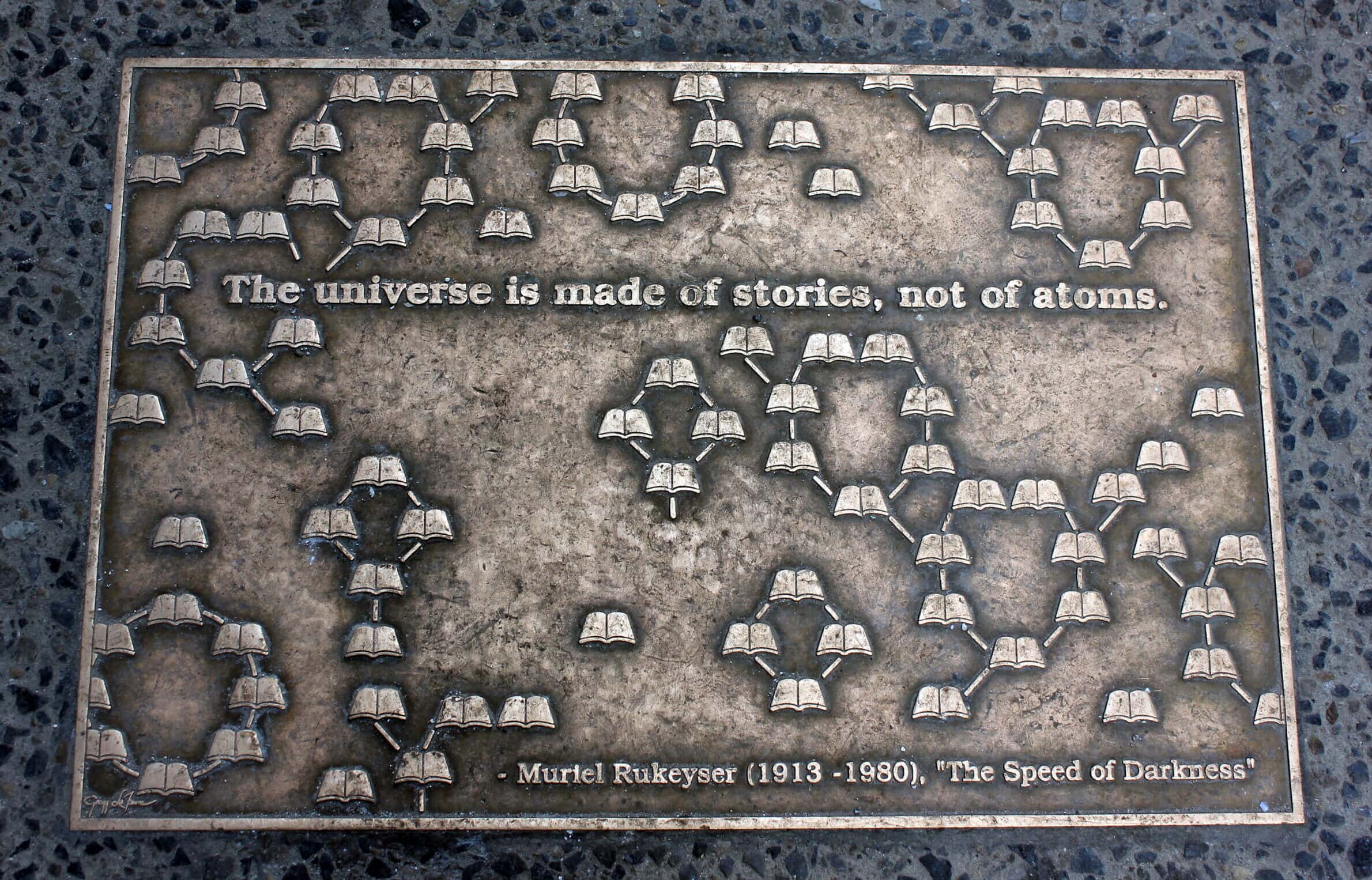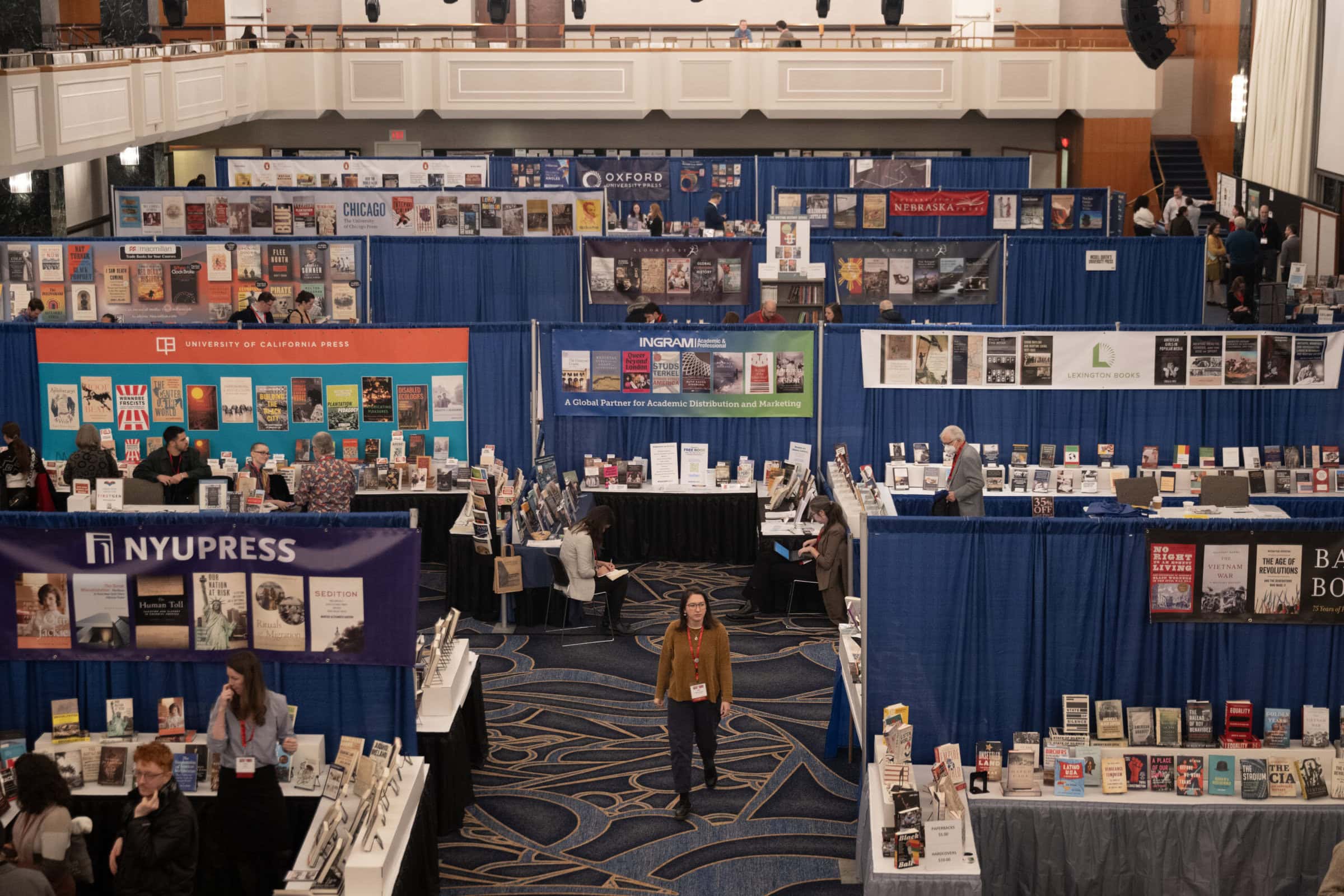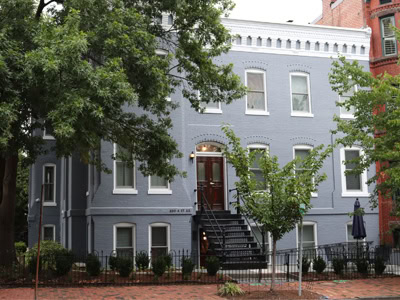Nearly eight years after Hurricane Katrina things are looking up in the Crescent City. Many streets and sidewalks are less crater-ridden than before the storm; the convention calendar is packed with groups of visiting neurosurgeons, chemical engineers, and historians in numbers not seen in nearly a decade; and the recently branded Mercedes-Benz Superdome is set to host America’s most anticipated sporting event—Super Bowl XLVII—smack dab in the middle of Carnival season.
As I ponder the lengths to which city planners have gone to make New Orleans more attractive to visitors and prospective residents, I’m left wondering about the motivations of the city’s earliest settlers. Why did they come here, and what did they find at the end of their journey?
The peopling of French colonial New Orleans spanned nearly five decades from 1718 to 1762, but Settlement on the site now occupied by the French Quarter predated Jean-Baptiste Le Moyne de Bienville’s 1718 christening of Nouvelle-Orléans by at least fifty years. Archaeological investigations in the French Quarter confirm the presence of a “protohistoric Indian village or encampment” dating to the mid-17th century, a site abandoned around 1690 after the river overtopped its banks. The area was also used as a trade entrepôt by dozens of petites nations well before the arrival of the Le Moyne brothers in 1699.1 It was a native guide, in fact, who first showed Pierre Le Moyne d’Iberville the nearby portage, between what is now Bayou St. John and Lake Pontchartrain, which influenced Bienville’s selection of the site for a new settlement.
John Law’s Company of the West (later the Company of the Indies) took over the colony’s charter in 1717 hoping to turn Louisiana into a French version of the Chesapeake, growing tobacco to allow France to eliminate its dependence on imported English leaf. Its directors pushed local authorities to find a suitable base for trade—one that, unlike the colony’s first capitals at Mobile and Biloxi, was somewhat protected from coastal storms and the prying eyes of rival European powers. Bienville’s site, located in a deep bend of the Mississippi about a hundred miles from the Gulf of Mexico, won out.
When royal engineers arrived in 1721, New Orleans already had a population of nearly five hundred people. Most early residents were connected to the company as administrators, clerks, artisans, soldiers, and sailors, or to businesses and trades that supported the birth of a port city. Others were there against their will as enslaved laborers or domestics, or as punishment for violating either moral codes or company monopolies in France. All were crammed in temporary shelters huddled along the Mississippi’s eastern bank or in makeshift cabins scattered throughout the nearby swamp. These structures, along with a dense growth of cypress and live oak trees, were soon cleared (in part by a devastating hurricane that struck in 1722) to make way for the 66-block rectangular grid that composes New Orleans’s original footprint.
Within seven years of New Orleans’s becoming Louisiana’s official capital in 1722, the population had more than doubled and 34 of those 66 blocks boasted improvements. The parade ground, surrounded by church, company, and government buildings, formed the settlement’s core, while company-owned structures dominated the adjoining riverfront. Two storehouses, one each for inbound and outbound trade goods, stretched from the docks between St. Ann and Dumaine Streets nearly to Conti, and the company bakery supplied outbound ships with bread and hardtack from its location just downriver from headquarters. A hospital stood ready to receive the sick at the downriver corner of Arsenal (now Ursulines) Street and the docks. Those who did not survive were interred in New Orleans’s first official burial ground, St. Peter’s Cemetery, which was located at the back of the settlement on present-day Rampart Street, between St. Peter and Toulouse.
Most residences, workshops, and businesses were clustered along the river or within a three-block radius of the church. An assortment of artisans, building tradesmen, company employees, and hospital workers lived along the quay, as did more prominent colonists, including military officers and concessionaires. The townhouses of major planters were also located along the river. Chartres-Condé Street,2 home to two of the five members of the colony’s superior council, the notary, and the public works inspector, was the most densely populated street, followed by Royal and Bourbon. Bourbon was the last named street running parallel to the river, but a street housing poorer residents sprung up behind it. On the up- and downriver ends of the grid were the munitions storehouse and powder magazine. Company troops, laborers, and craftsmen were also housed on the outskirts of the developed core, in one of four barracks. Across from New Orleans, on the west bank of the Mississippi River, the company operated a four-thousand-acre plantation, complete with rice mill, brickworks, forge, warehouse, slave quarters, hospital, and overseer’s residence. With a labor force of 228 slaves—including 138 men, 57 women, and 33 children—spread across three sites (New Orleans, Natchez, and the Balize at the river’s mouth), the company was the largest slaveholder in the colony.
Between 1719 and 1731 the Company of the Indies carried more than 24,000 Africans into New World slavery. The first African laborers arrived along the Mississippi Gulf Coast in 1719 aboard the Aurore and Duc du Maine; 450 enslaved men, women, and children were unwillingly deposited in Louisiana that year. By the time France covertly transferred the colony to Spain in 1762, just over 6,000 slaves had been imported. Ninety-seven percent of all Africans brought to Louisiana during the French colonial period arrived during the last twelve years of company rule; many of them came through New Orleans.3
n 1731, shortly after the Natchez Indians destroyed the colony’s nascent tobacco industry—setting fire to fields, drying sheds, homes, and warehouses and killing more than two-hundred French settlers—the French Company of the Indies relinquished its charter and returned Louisiana to the Crown. The 1732 census of the capital records 893 individuals residing in New Orleans. Of these, slightly more than two-thirds were white. Women were in the minority, especially white women, who were outnumbered by both white men and white children. Gender imbalances among Africans mirrored those among whites, though there was a relatively equal number of male and female Indian slaves.
Immigration—voluntary and forced—slowed to a trickle in the remaining years of French colonial rule. Though all segments of the population grew by natural increase, including a burgeoning population of free people of color, it is difficult to say exactly how many individuals called New Orleans home by the time it had become a fully creolized society in the mid-18th century. There were no colonial censuses taken in the 1740s, 50s, or 60s and very few colonial maps of New Orleans after 1732, making it difficult to determine how much of the city’s original footprint was occupied at the dawn of the 19th century. What is clear, however, is that by the time the French colonial period drew to a close, New Orleans was an established base for commerce in the Lower Mississippi Valley. The nature of that commerce, as in many historic urban centers throughout the Atlantic world, has changed over time, and yet New Orleans continues to draw spectators, visitors, and new New Orleanians into its fold.
Notes
- Shannon Lee Dawdy, Ryan Gray, and Jill Karen-Yakubik, “Archaeological Investigations at the Rising Sun Hotel Site (16OR225), New Orleans, Louisiana,” vol. 1 (archaeological report, The Historic New Orleans Collection, 2008), 2, 20. [↩]
- The street now known as Chartres was formally known as Chartres from the upriver border of the French Quarter to the Place d’Armes and Condé from there to the downriver border. [↩]
- The Trans-Atlantic Slave Trade: A Database on CD-ROM, comp. and ed. David Eltis, Steven D. Behrendt, David Richardson, and Herbert S. Klein (Cambridge, Mass.: Cambridge University Press, 2000). [↩]



